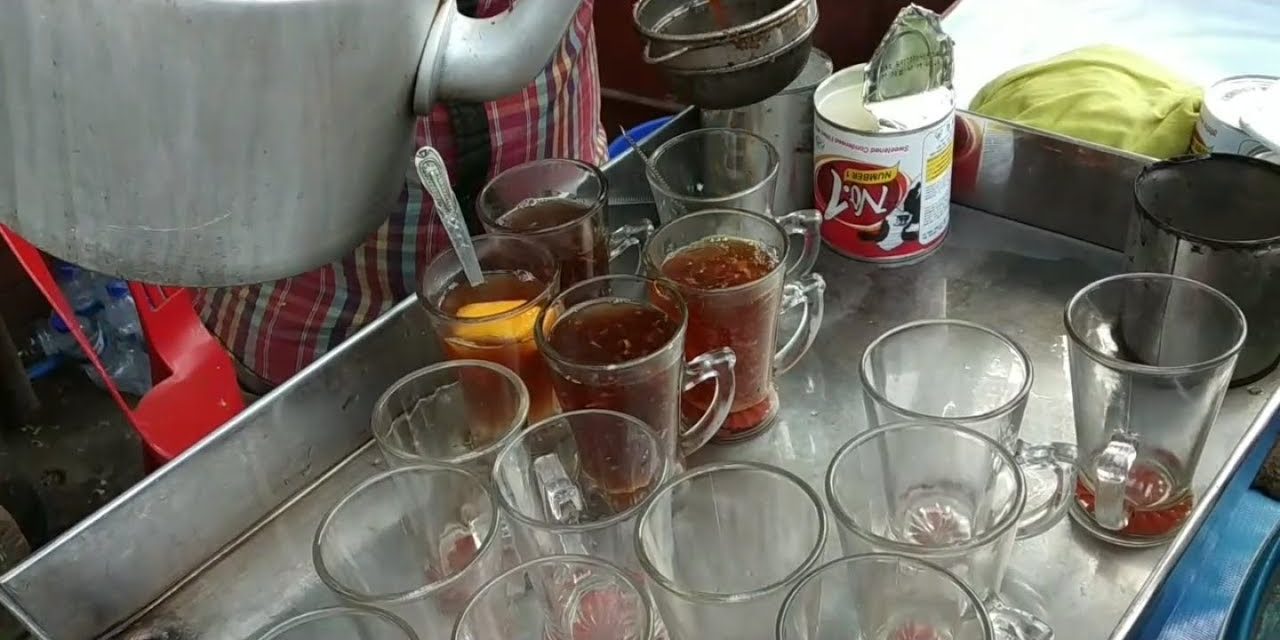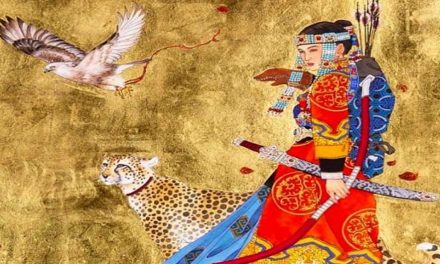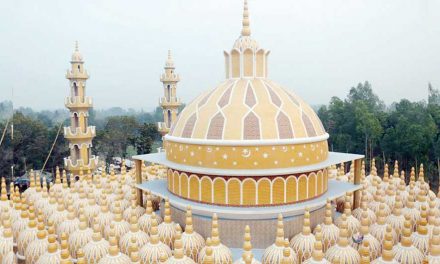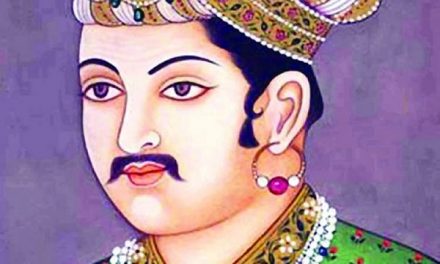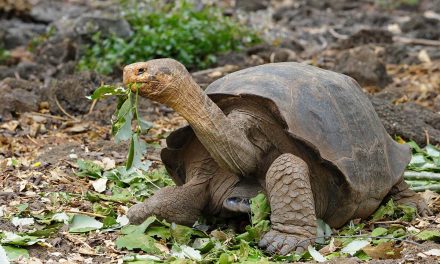This photo is 66 years old, portraying a typical street-side tea stall in Dhaka. Notice a couple of ‘Murir tins’ (puffed rice containers) are kept as snacks. The primary characteristic of the tea stall in Dhaka has not changed much since. Some of these tea stalls are seen on elevated semi-enclosed tin-structure, called ‘Tong.’ Each of these tongs is associated with an owner; people usually call them with affection as well as respect such as Mama, Chacha, Khala, Nani, or Bhai with their first name as the prefix. For instance, one can find Hasan Bhai’s Tong and Nasir Mama’s Cha (near Gulshan-1 Post office), Hannan’s Cha (near Dutch-Bangla ATM Booth, Panthapath), Mukta Mama’s Tong (TSC, DU), Abul Chacha’s Tong (Motijheel C/A), Fakhrul Mama’s Tong (Azampur, Uttara), Chachi’s Cha (Taj Mahal Rd., Mohammadpur), Kadirer Dokan (near Khilgaon Masjid), Nany’s Cha (Mohakhali intersection), etc.
Hundreds of similar tongs and tea stalls are scattered throughout Dhaka. People hang out here, engage in lazy conversations with strangers, friends, acquaintances, and even with the tong owner ranging from a silly issue to a serious one. Some tongs have benches, footpaths in front of the tong, or abandoned concrete blocks for the customers to sit, but most customers prefer to stand to enjoy the company of others or being alone with a cup of tea. These street-side tea stalls and tongs provide the city dwellers with a momentary relaxing space, how small and congested the place might be, they enjoy it, socialise with others informally over a cup of tea. These lively tea stalls and tongs are an integral part of Dhaka.
Photo: Clarence Sorensen (1953)


